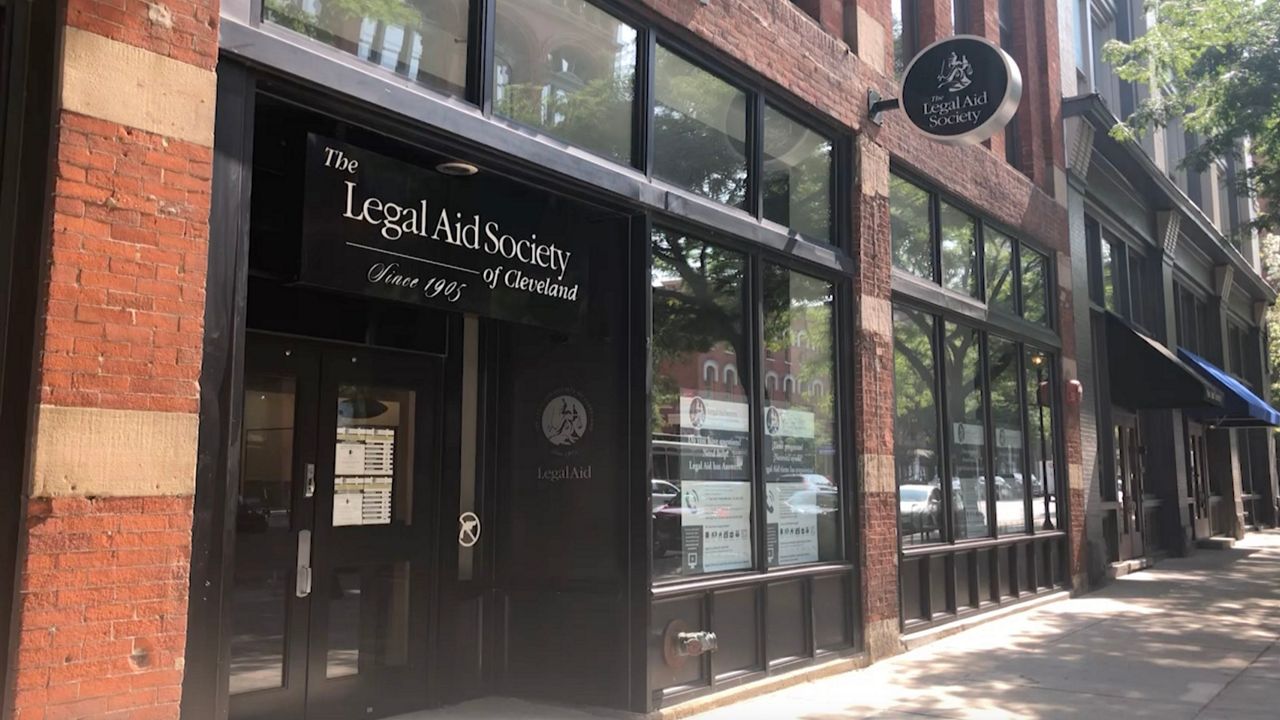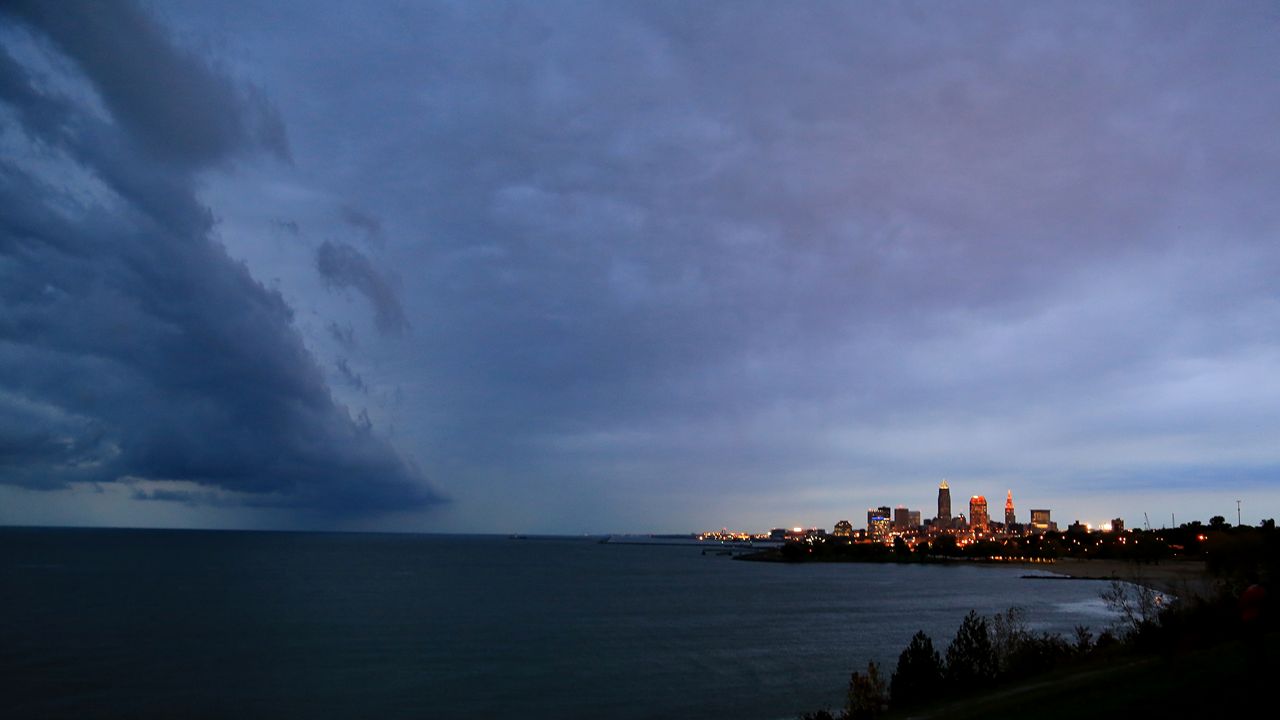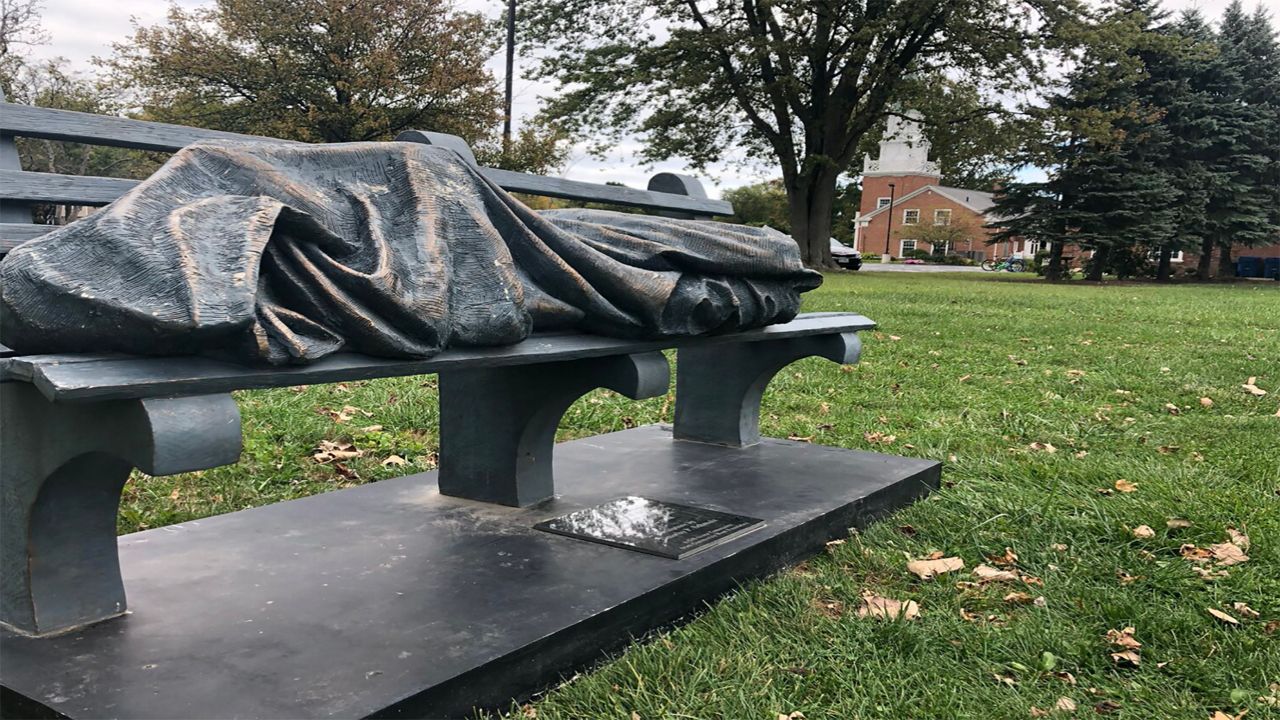CLEVELAND — The most recent data from The Northeast Ohio Coalition for the Homeless estimates that about 23,000 people are experiencing homelessness in Cuyahoga County.
And as the weather gets colder, the need increases.
"Back in March, we thought, 'Ah, for a few weeks, we'll have to make some arrangements.' Well, you know, here we are in October and we've got to, you know, we realized that we need to make this permanent. The idea of congregate living where rows of bunks are side by side by side, I mean, that's not something that we'll ever be able to go back to," said Dominic Verdell, the Crossroads program manager at The City Mission.
Verdell says coronavirus forever changed the ways the homeless are helped.
“We've navigated through this just remarkably well,” said Verdell.
For 110 years, the faith-based nonprofit organization has served displaced men, women, and children in the Cleveland area.
Laura’s Home is the mission’s shelter for women and children and the Crossroads Men’s Crisis Center specifically serves homeless men.
Right now, about 60 men are seeking services.
"We do have some open beds right now so we've been able to provide even more spacing," said Verdell.
Social distancing measures are in place throughout, including in the dining room. Only two people allowed at a table at a time.
Guests are given three meals a day, and this is also a setting for clients to get workplace experience in the kitchen.
“One of the things that we love is, you know, guys come to us from crisis and the first thing they get is a hot meal, clean warm bed, get out of cold, and the opportunity to just get someplace that's safe,” said Verdell.
Around the corner is the chapel where the mission aims to provide help and hope.
“We want to meet their tangible needs, also want to take that further to meet spiritual needs to help them find income, to help them find stable housing, and we know that it's more than just getting guys out of the cold, but it's helping them to make forward progress in their lives,” said Verdell.
Virtual services, support group meetings, and other programming are now streamed too.
Upstairs, the Resource Center houses computers for guests to use in various programs such as workforce readiness and development.
But soon, it will be converted into a new dorm and the Resource Center will move into an adjacent building, as will other programming.
The facility is being reconfigured to make it easier for guests to spread out safely.
Months ago, lounges became makeshift dorms and capacity is limited.
Currently, there are five dorm spaces at Crossroads.
“We realize that the spacing that we did in our COVID response is here to stay. So for us to just manage temporary turn a lounge into a dorm like this, we know that that's not really doable for the long term. So, we're going to be permanently converting a couple of our public spaces into sleeping quarters,” said Verdell.
Architects and engineers from the Bialosky Cleveland firm were on campus touring and reviewing design plans to turn what were quick fixes at the start of COVID-19, into long-term solutions.
The hope is for the work to be complete in a few months.
COVID-19 changed the intake process, too. Masks are mandated.
So far, Verdell says only two guests have tested positive, and they’ve been able to isolate at the transitional apartments where Crossroads program graduates can live on campus.
“Whenever a client comes in, they actually stay in a designated quarters until they can be COVID tested. Once they are negative, then they can come up into a dorm like this, into the larger population,” said Verdell.
In fact, the pandemic caused a drop in the amount of people staying at The City Mission.
“Maybe they were nervous about congregate living, maybe they had medical conditions that made them concerned about being in a facility where you're in such proximity with other people," said Verdell.
Donations of coats, boots, and gloves are needed as temperatures drop and the winter overflow is expected.
The goal at The City Mission is to develop well-rounded people who often come in with nothing and leave evolved spiritually, personally and professionally.
“To help them exit into stable housing and not just get out of the cold for a couple of nights, but ultimately restart their life,” said Verdell.









